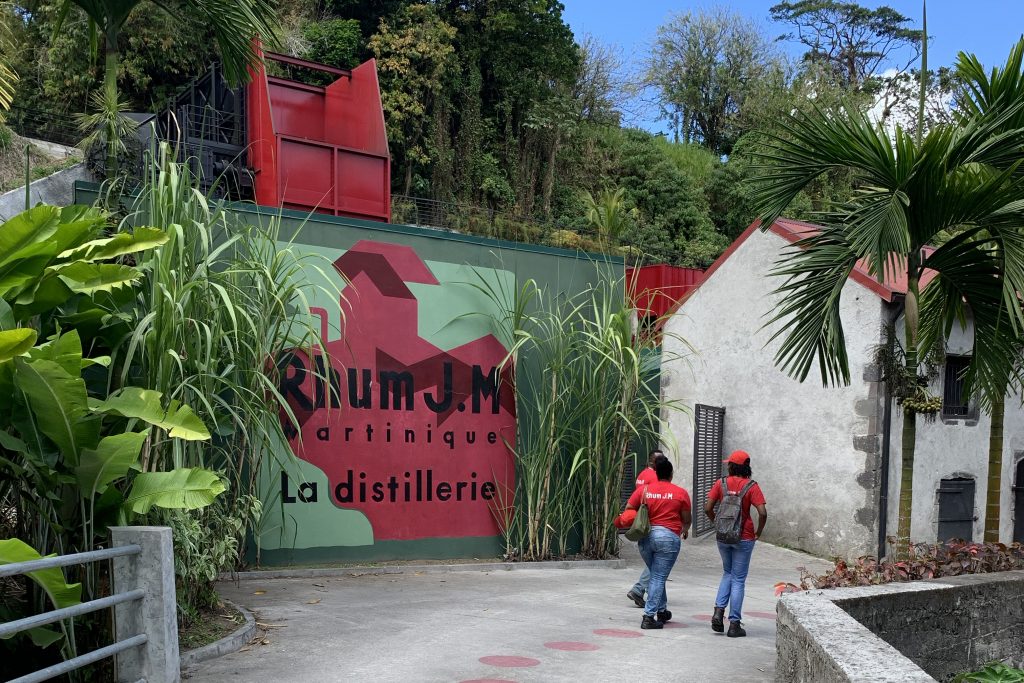Hawaii’s Kō Hana Agricole Rum
Manulele Distillers’ pure cane sugar spirits draw from 34 heirloom varietals

In the middle of an aquaponics farm on Hawaii’s island of Oahu, Manuele Distillers produce a very unique spirit: Kō Hana Agricole Rum. Here, farmers grow 34 different types of heirloom sugarcane plants that were meticulously collected over a three-year process. Each varietal is then distilled for a single-origin rum with a very distinct flavor (though, they do have one blend of multiple distillates). This leads to numerous expressions—from a traditional white to a series of aged—and Kō Hana are the first to do anything like this, anywhere. As the product category of rum grows in acclaim—thanks to advancements in quality, production and aging—it’s fascinating to look beyond the Caribbean, Central and South America (areas we traditionally associate with the spirit) for delectable rums. With the depth of sugarcane history, Hawaii understandably makes for an important rum distilling area and the products do not disappoint.

When considering the islands, about 200 years ago sugar became an important commodity. That said, sugarcane came across to Hawaii with Polynesian travelers almost 800 years prior to that. About seven years ago, when Manulele partner Robert Dawson began looking for an energy-efficient and sustainable system for aquaponics, he began to consider all types of heirloom cane. With Western contact, the cane used for white table sugar had become dominant, and all other varieties were pushed to the side or buried. From backyards to botanical gardens, they tracked down all 34 types (which have a total of 91 different names). It’s the largest, most diverse collection of Hawaiian sugarcane anywhere. And that matters.

As the name of the facility hints at, one particular type is favored: Manulele. The distillery employs this type of kō because of its rich deliciousness. It’s long been ignored, however, because it falls to the ground, shoots off into odd directions and doesn’t make for good table sugar. The beautiful red- and orange-striped cane itself hints at what’s special within. When it comes to harvesting the 22 acres of farm, two individuals head out to the field and chop down four tons of cane a day themselves—this yields 500 gallons of juice and a super-small production of 150 bottles twice a week.

There is no processing here. A pressing yields juice. At no point is raw sugar made. And as most rum is made from processed molasses, this is as far from that as possible. As the Manulele team says, this is an agricultural spirit that goes from grass to glass as quickly as possible. The team controls every bit of it from land to bottle—and the rum itself is pulled from the hearts of the distillate. This leads to buttery notes and ultimately lychee, banana blossom, and even fresh grass. A taste of the many diverse expressions always manages to yield fruity notes and a bit of citrus—and ends with a natural candied sweetness.

Beyond the sugarcane fields, so many elements demonstrate Manulele’s commitment to quality. From a native cacao yeast is fermentation to a new 600-gallon hybrid column still, everything is the highest quality. The spirit is only distilled once, and that’s a decision they’re proud of. Further, nothing is automated. All of the rum and its various stages are smelled and tasted by humans. Head distiller Noah Brown stands behind this, and a sip of any of the products—even their entry level—impress with a freshness almost unheard of in rum.

Available online, Kō Hana Agricole Rum starts at $35. Alcohol can only ship to select US states. For those visiting Hawaii, tours and tastings at Manulele Distillery are available.
Images and additional reporting by Karen Day












